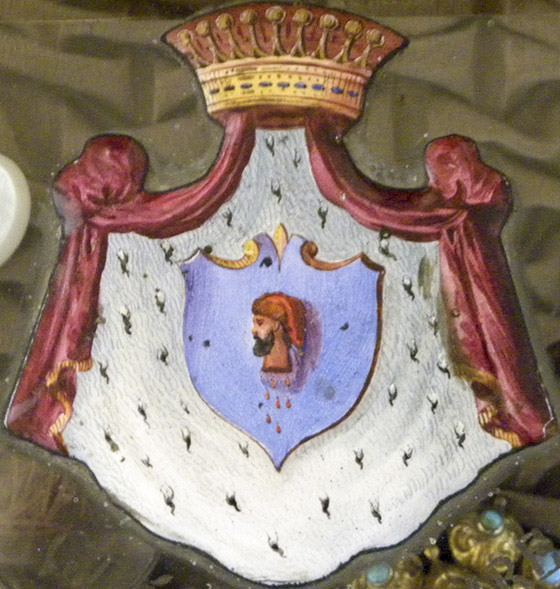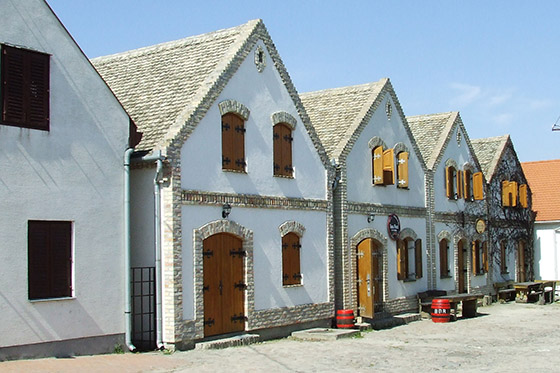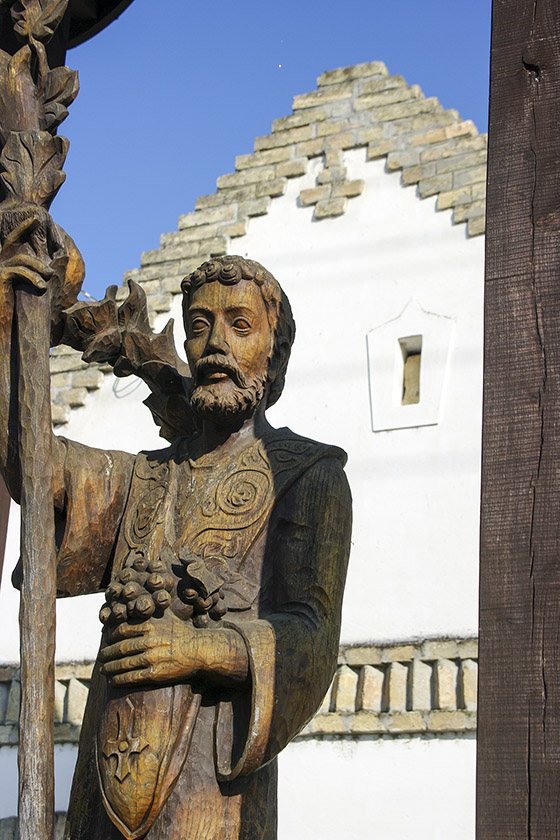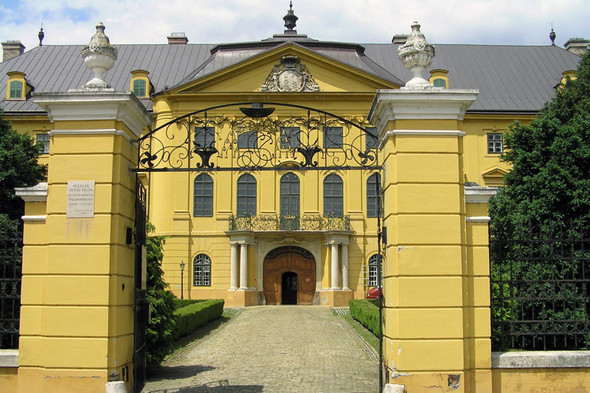It might be a commonplace, still it is a fact: the most beautiful cellar villages of the Hajós-Bajai wine region probably would not exist without the Primates of Kalocsa, namely Imre Csáky and Gábor Patachich. They were landlords and ecclesiastical people at the same time (the two titles were not mutually exclusive then) who took the opportunity when the Turkish Rule ended in Hungary and called German settlers to live and work on their abandoned lands. The cellars in Hajós, Császártöltés and Nemesnádudvar are also the result of these two people’s hard work.

The most well-known of these three villages is probably Hajós which also appears in the name of the wine region. Under the rule of the Ottoman Empire, as early as 1722 it was Count Imre Csáky who invited the first twenty-five German settler families to the unpopulated village. The fast development is clearly shown by the fact that soon there was a Primate’s watermill operating in the village built on the bank of two streams and in 1728 already 122 settler families were living in Hajós who could built houses and cultivate their lands according to the rules previously set by the landlord in a separate contract.
The agreement dated 1728 defined exactly the settlers’ rights and responsibilities related to grape production.

The cellar village we know today did not exist then and the vineyards were located elsewhere. It was sometime at the end of the 18th century that the cultivation of the loess hill located beside the village (running along the old Danube bed) was started, the first cellars were constructed next to each other, following German traditions. While in Hungarian villages cellars and press-houses were traditionally built on the vineyards, located at a bigger distance from each other, Germans always built cellars together, in rows. In this manner press-houses could support each other functionally, as well. According to an 1851 data, the cellar village of Hajós had as many as 363 cellars. The dynamic increase of the number of cellars was also supported by the fact that most farmers had two cellars cut: one for the wine, one for storing vegetables and fruits. In 1901 there were 850 cellars and a further boom raised their number up to 1200 creating the largest cellar-village in Europe. Unfortunately, the village has turned into something like an open-air ethnographic museum by today but the cellars which offer a real sight have been preserved at least. Phylloxera has caused massive destruction in this area, too but the real tragedy was the resettlement of German people living nearby. The abandoned lands, vineyards and press-houses have fallen into slow decay.

The revival of the cellar village must have started in the 1970s and but process is not over yet. An increasing number of press-houses has been renovated and the large-scale grape production – even if it has not brought much good – kept the traditions and the know-how related to grapes and wine alive. After the change of regime, more and more lands have been cultivated again, despite the difficulties, thus giving a new chance to Hajós wines and interested consumers visiting the region. It is a great idea to travel to the cellar village when the traditional Saint Urban’s Day Wine Festival is held. One can have a great time and enjoy unforgettable experiences at the event held at the end of May.
You can read more about a cellar villages of the Hajós-Bajai wine region in the second part of this article.






